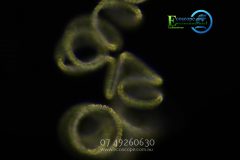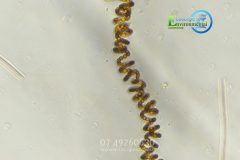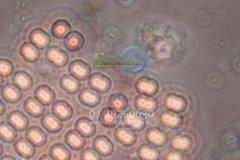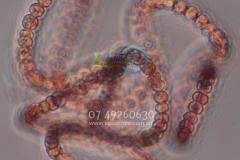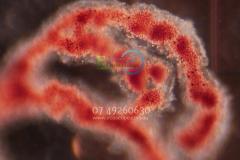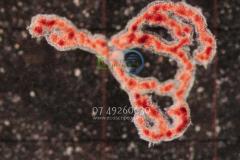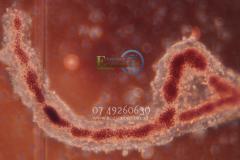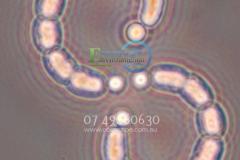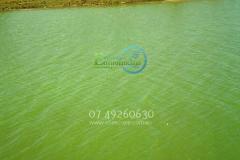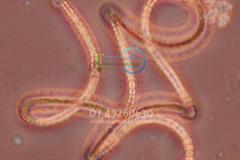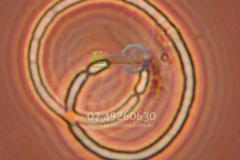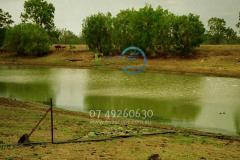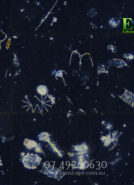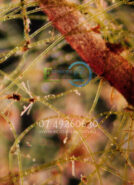The benthic algae greatly resemble plant-like organisms due to their variety in size, shape and colour. Marine algae are well known as seaweeds, a name often undeservedly associated with negative connotation. Despite this seaweeds have a great number of beneficial effects. They serve as a home and provide protection to many organisms. Many organisms, little or large, depend on algae as their food source, e.g. shrimps and whales. Algae also take part in coral reef construction and degradation. In addition, seaweeds are important to human population as they are the largest producer of oxygen in the world. Number of algae are of commercial interest as they may be used for the production of biodiesel. Some algae species have been for centuries and still to this day are harvested for use in the food and agriculture industries.
Benthic marine algae from a systematic point of view are divided in three groups based on the colour: green algae, red algae and brown algae. These three groups also differ in their photosynthetic pigments, storage compounds, cell walls structure, occurrence of flagella and few other attributes.
The green algae is a large and a very diverse group of organisms, which members can be found in sea, as well as in freshwater and terrestrial habitats. These algae owe the green colour to the presence of dominant chlorophyll a and b. Green algae are featured by their morphological simplicity that appears in various forms. The common growth structures include thin filaments (either branched or not) or sheets composed of two cell layers. The simple form in combination with the presence of a large exposed surface allows green algae for a fast growth and increased nutrient absorption.
The red algae are one of the most ancient groups of eukaryotic algae distinguished by complete lack of flagella at any stage of the life cycle. These algae in contrast to green algae show a great range of morphological variation. The algal body can vary from singe cell structure to calcified crust or branched bush/tree appearing structure. Due to the presence of pigments called phycobilins, their colour may vary between pink and bright red, purple and at times dark brown. The red algae are also featured by a complex life cycle, which often includes the alternation of three generations (gametophyte, carposporophyte and tetrasporophyte).
The brown algae are the largest and most apparent. There are no known unicellular or colonial members of this phylum; the simplest species have a branched, filamentous body. The presence of tissue containing cells and structures with complexity resembling those present in the vascular plants makes these phylum even more complex. Thallus of some brown algae can grow up to 40-60 meters height. The brown algae are almost entirely marine, inhibiting seashores in cold and moderate waters all over the world. At the bottom of the ocean they often form forests referred to as kelp; forests similar to the ones occurring on the land. The brown shade of these algae is a result of fucoxanthin pigment. It is a dominant pigment, which has an ability to mask the other pigments such as Chlorophyll a and c.


